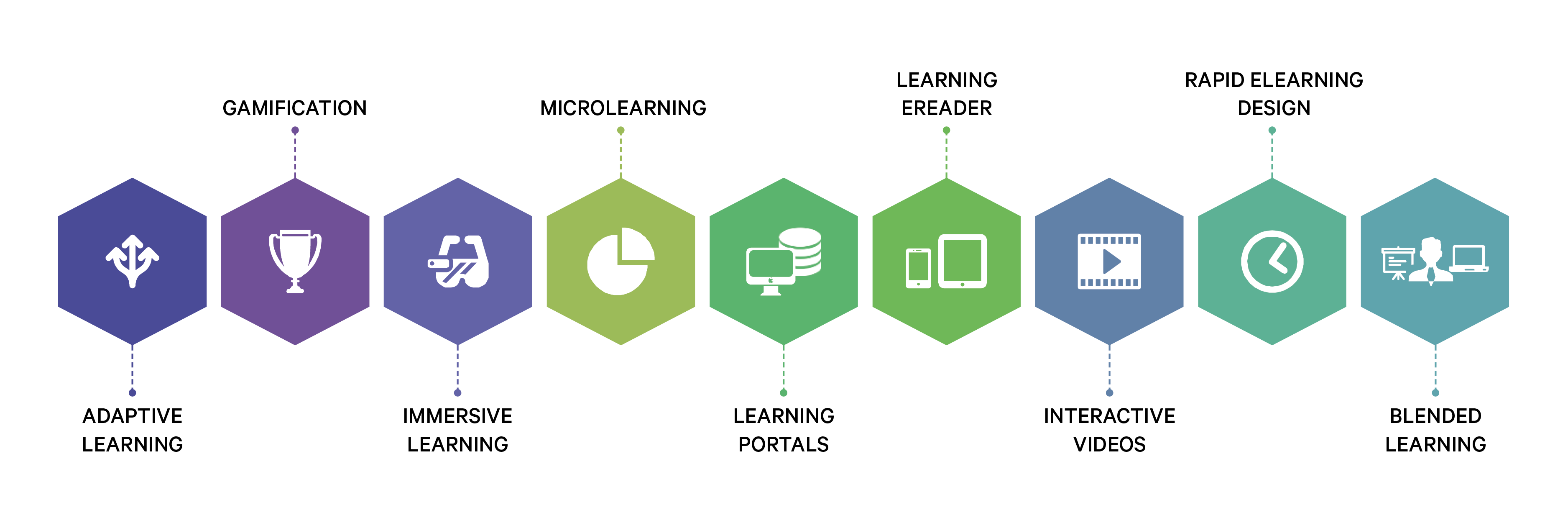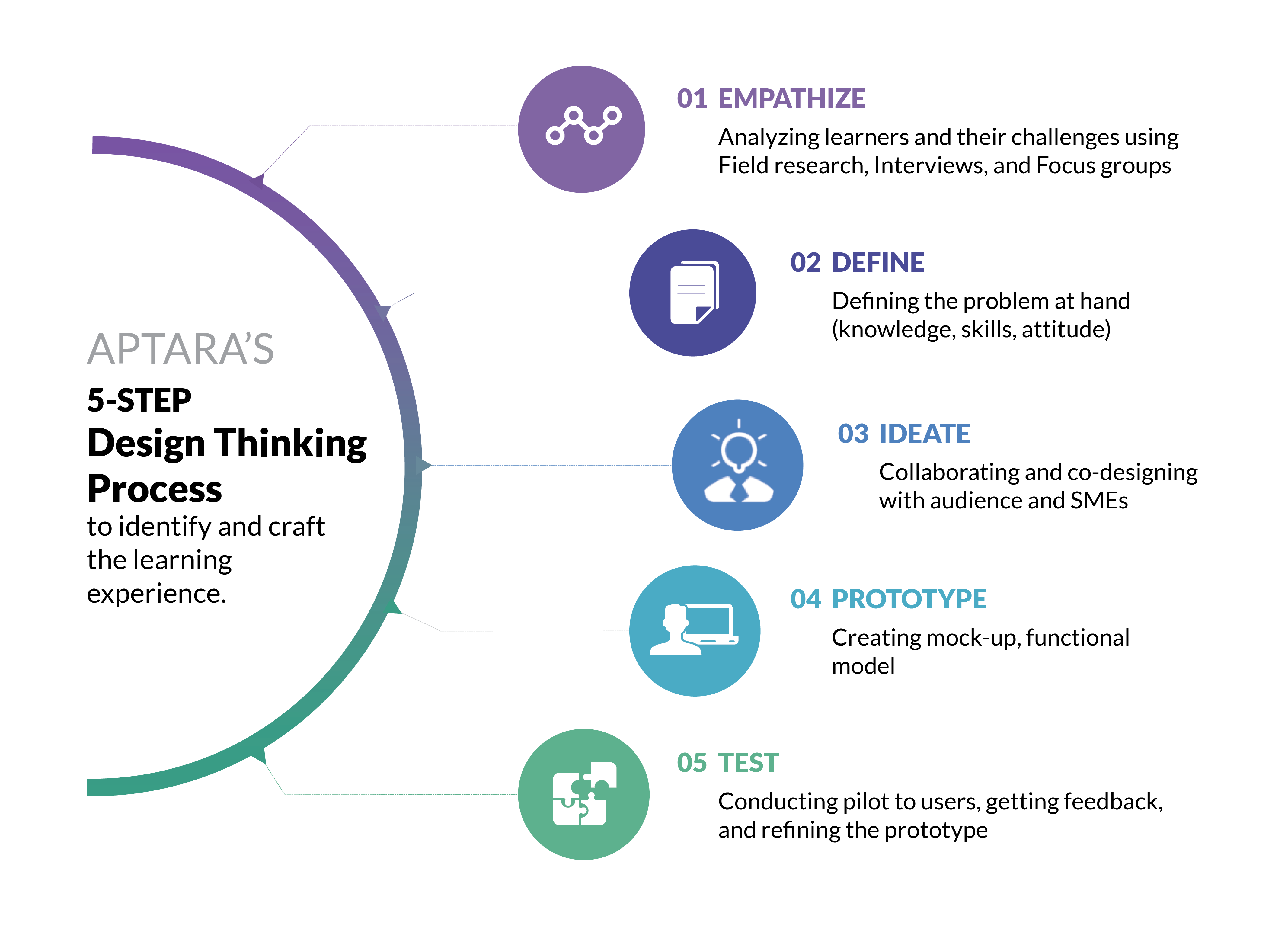Aptara’s Design Components Delivered to You!
Aptara’s proven design methodology and advanced capabilities help us develop highly impactful learning programs across various delivery formats. Our custom content development services stem from our instructional design best practices, and our comprehensive design and development capabilities enable us to deliver the best-in-class learning programs within appropriate timelines. Aptara applies creativity, brainstorming, and concept generation in designing needs solutions.
Unparalleled Expertise
Ready at your command, our team of world-class experts understand, use, and customize designs for your unique learning need from over 30 of the best instructional design models, molding learning courses that provide structure and meaning to the learning lifecycle.
Aptara builds learning experiences and journeys by employing ID models to understand business needs, learner needs, and develop learning strategies, curricula, learning programs, and support using technology and learning services.
Aptara is flexible towards different design processes based on client and project requirements. The two most widely used design processes at Aptara are Agile and ADDIE. While Agile is more suitable for software development, ADDIE is perfectly aligned for Learning and Development (L&D) projects.
Learning Design and Development Capabilities
Aptara’s Learning Effectiveness Model helps align appropriate resources and processes to ensure that our clients achieve success in their learning transformation initiatives. This model leverages resources to focus on the learning requirement, objectives, and formats of learning material. Aptara utilizes best-in-class learning modalities and tools to drive engagement in digital learning. The key modalities are highlighted below:









